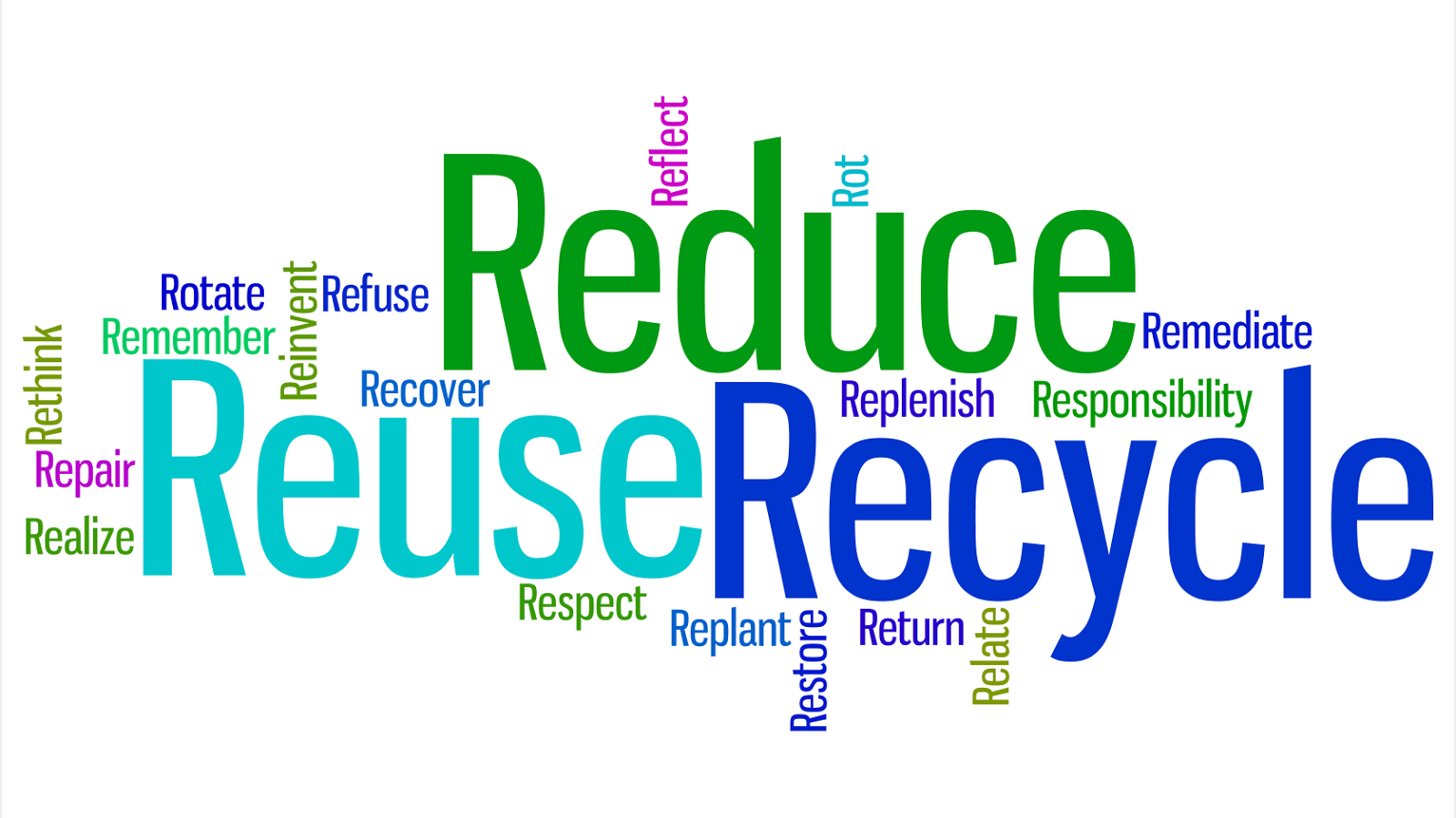Reduce household energy use

With the aim of stimulating awareness for stopping climate change and creating sustainable societies, the first Wednesday of October is celebrated as World Energy Efficiency Day. This year’s theme is “Energy transition = Energy security!“. WSED 2023’s theme will focus on how transitioning to sustainable energy can help make countries energy-independent. On a larger scale, Energy efficiency is seen as policies to stop climate change and achieve sustainable societies, along with the development of renewable energy and transport policies that are less aggressive with the environment.
Conserving energy is not only environmentally responsible but can also save you money on your utility bills. Reduce household energy use. Energy conservation is itself a source of energy.
Here are several simple ways to reduce your household energy use and be more energy efficient:
1. Change all of your light bulbs to LED
Switch to LED or CFL Bulbs: Replace incandescent bulbs with energy-efficient LED or CFL bulbs. They use significantly less electricity and last much longer.
Take a moment today to make sure your home is using all LED light bulbs. LEDs typically use about 75% less energy than traditional incandescent and can last at least 35 times longer. This may seem incidental in helping people transition to clean energy. But at least it’s a solution that’s bright!?

LED lights use 75% less energy to deliver the same amount of light as incandescent, and LED bulbs last 25 times longer. LED holiday string lights are not only more energy efficient and much cheaper over time, but they also emit less heat (and therefore safer) and are more durable. According to the U.S. Department of Energy, by 2027, the widespread use of LED lighting could save $30 billion in energy costs and reduce the use of electricity by the equivalent of 44 1,000-megawatt power plants.
2. Install energy-efficient appliances.
Installing energy-efficient appliances is a practical and effective way to reduce energy consumption and lower your utility bills. Having a home that is energy efficient can save you money, and it has become a growing trend in the real estate market. Big-budget projects like solar power can be one way to get your home to save energy, but there are a bunch of other simple, smaller steps–like installing energy-efficient devices–you can do to keep your energy bills down and help the environment. Smart thermostats, LED lights, and tankless water heaters can all help your wallet and save energy.
3. Hang clothes to dry instead of using the dryer.
The best thing I find in India and other Asian countries is that we prefer a clothesline and sun-drying instead of using heaters. Energy efficiency lies in choosing what is available instead of buying a new product or gadget for the same purpose.

A clothes dryer is one of the largest energy users in the home, and, for the average family emits over a ton of carbon a year. Air drying can reduce the average household’s carbon footprint by 2,400 pounds a year. When you do use your dryer, use the setting that provides an automatic shut-off when your clothes are no longer damp. Use just enough energy to get the laundry dry. Be aware that you will lose energy if you add wet clothes to a load that is already partially dry.
4. Shut off the lights

The cost of keeping a single light bulb on doesn’t amount to much on an hourly basis: using a 60-watt bulb for one hour requires 0.06-kilowatt hours of electricity, costing about 1.2 cents if your electric rate is 20 cents per kilowatt hour. But the costs add up. Based on consumption data from 2015, lighting accounts for 12% of the average household electric bill. By shutting off unnecessary lights, such as in empty rooms, you will not only save money but also lower your carbon footprint. So, don’t forget to turn off appliances and lights that you’re not using.
5. Unplug electronics

Even when turned off, many electronic devices and chargers consume energy when plugged in. Unplug them when not in use or use a power strip to easily turn off multiple devices at once.
Even when not in use, many electronic devices, including televisions, microwaves, scanners, and printers, use standby power to save warm-up time. The total electricity consumed by idle electronics — sometimes referred to as vampire or phantom electricity — equals the annual output of 12 power plants, according to the Office of Sustainability at Harvard University. Use power strips for these devices to simplify plugging and unplugging.
Plug large electronics into a smart power strip
Did you know you have an unseen menace lurking in your home, stealing electricity and spiking your power bills? “Phantom loads,” or energy vampires, as they’re appropriately called, refer to the electricity an appliance or a device consumes even when it’s not in use. Leaving unused devices plugged into outlets can cost you, on average, up to $200 more per month in electricity. Smart power strips shut off the power to your electronics when you’re not using them, saving you the hassle of having to remember to unplug your devices each time. This is a smart way of using less energy at home, while also saving money.
6. Turn off your computer

It is true that your computer uses a surge of electricity when it starts up, but it’s a small surge. The Department of Energy suggests that you turn off your monitor if you aren’t going to use your PC for more than 20 minutes, and turn off your CPU and monitor if you’re not going to use your PC for more than 2 hours.
Upgrade to a green computer – When you are ready to buy a new computer, buy one with an Energy Star label. It saves 35%-65% in energy use and consider a laptop, which uses much less energy than a desktop computer. Donate your old computer rather than recycling it. In terms of greenhouse gas emissions, reusing just one computer with a CRT monitor, as opposed to buying a new one, keeps 1,333 pounds of carbon dioxide out of the atmosphere.
7. Rein in heating and cooling
- Use a programmable thermostat that lowers or raises the temperature when you’re not home.
- Set your thermostat lower than usual in the winter and bundle up.
- Open windows to allow a breeze instead of turning on the air conditioning.

Combined, heating and cooling accounts for nearly half of household energy consumption. You can reduce energy consumption and save money by using a programmable thermostat. For every degree you reduce the temperature in the winter or raise it in the summer you are saving up to 1% in energy costs for each 8-hour period, according to the Department of Energy. Lowering your heating setting or raising your air conditioning settings by 10 degrees for eight hours a day could save you 10% on your energy bill — and reduce your carbon footprint.
There is added energy efficiency in doing this, in that lower interior temperatures in winter will slow the flow of heat to the outdoors, and higher interior temperatures in summer will slow the flow of heat into the house.
8. Check all weatherproofing on windows
Energy can easily be lost with the gaps and spaces between doors and windows. This has a major environmental cost in 70% of greenhouse gases that can be attributed to the energy usage of buildings. For energy efficiency, grab some caulking and weather stripping to help prevent energy loss in your home or business.
9. Drive efficiently for energy efficiency

Fast accelerations and high speeds use up fuel and abruptly stop waste energy. By driving gently you can lower your gas mileage by up to 33% on the highway and 5% in the city, according to the Department of Energy. The optimal highway speed for gas mileage is 50 mph; after that, your gas mileage drops quickly. Don’t idle your car, especially while running the air conditioner. In the winter, give your car only 30 seconds to warm up — it will warm up quickly when you start driving. Regular maintenance will help your car run at top efficiency — fixing serious maintenance problems can improve mileage by up to 40%.
10. Leave your car at home

While great strides have been made to reduce tailpipe emissions — 99% since the 1960s — we are driving more than ever. There are more cars on the road than there are licensed drivers. Data says each vehicle emits about 4.6 metric tons of carbon dioxide per year.
Whenever you avoid getting into your car, you are doing the environment a favor. Walk or bike when you can, and use public transportation where you can’t. Find companionable people who make the same routine trips you do and form a carpool. Rather than taking short trips to do your errands, combine your trips, thereby reducing mileage and avoiding a number of cold starts.
11. Consider alternatives to air travel

Air travel represents a growing percentage of the world’s greenhouse gases. If you take a round-trip flight between New York and San Francisco, or to Europe, your travel represents the environmental release of up to 2 or 3 tons of carbon dioxide per person, compared to the 19 tons generated by the average American per year. In business, you can reduce your company’s flights by sending fewer people to events, using video conferencing, and communicating using a variety of online tools.
For pleasure travel, consider alternating “staycations” with travel vacations. Generally speaking, the energy intensity per passenger mile of air travel is comparable to driving an SUV or taking a train. Driving with passengers (a family road trip) or in a hybrid car will make your travel much more efficient than any other transportation option.
12. Get an energy audit
If possible get an energy audit, that look forward to–and it will save you money in the long run! Energy audits tell you how much energy your home or business is losing and provide cost-efficient, sustainable solutions. Other benefits include reducing environmental damage and pollution, lowering energy bills, and extending the lifespan of your current energy systems. You can check for energy assistance or an agency that helps residences and businesses reduce unnecessary energy use while improving the quality of existing energy output and helping gain energy efficiency.
From My Green Bag
To sum up, This is my conscious lifestyle post to spread more awareness about sustainable living and eco-friendly choices. Join me for more such ways and tips and become part of my Conscious and sustainable living journey. Be aware of eco-friendly and conscious lifestyles, and alter your lifestyle. Keep visiting my blog to make sustainable choices.
To add on, read and join the Sustainability with Prachi series and listen to interviews with Eco-conscious people who are trying their bit towards conscious and sustainable living practices only on Green Tatwa Talks. There is so much to learn and explore from all of them I have interacted with, Do listen and drop in your views in the comments. Check here to learn more about all the Eco-Friendly dates.
Being Eco-Friendly is not a choice, make it a habit.
Without a doubt, sustainability is easier than you think. You don’t have to jump in by changing everything. Start small to make the changes more eco-friendly, sustainable and a part of your daily life.








It’s definitely a good idea to switch to a tankless water heater. But if you have a traditional water heater with a tank, remember to inspect your water heater for leaks. Not only do these leaks waste water, but they can also lead to increased energy consumption. Leaky water heaters often result from issues like broken pipes, faulty valves, or malfunctioning pressure valves, causing your heater to work harder. By fixing these leaks, you can save both energy and money.
I love the idea of using a programmable thermostat. To boost your home’s energy efficiency, it’s key to have your thermostat in the right spot. If it’s too close to a fireplace, in direct sunlight, or in a room that’s much cooler or warmer than the rest, it might not get a good read on your home’s overall temperature. This can make your heating or cooling system work harder than it needs to. Moving your thermostat to a place that better represents the average temperature of your home can make a big difference.